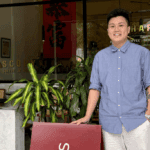
Growing up in a rural and mountainous part of Vietnam, Quinxie Doan had little contact with technology, let alone think that one day she’ll be working in computer science jobs.
It was only during her early high school years that she had the opportunity to hop on her dad’s work computer and explore what the fuss was all about.
“That was the start of my fascination with technology,” says Doan.
It was a new interest that went hand-in-hand with a past one — art. With the skills she earned from attending online coding boot camps, Doan quickly found ways to use technology to create art.
Her search for a degree, however, came up empty.
In Vietnam, no universities offered such an avenue. If she were to pursue a degree in her home country, the closest she could get to her interests would be marketing.
“Getting a marketing degree is popular in Vietnam,” shares Doan. “I would say I’m good at marketing, but I wanted to do computer science and art separately.”
So, moving abroad was the only way to do it.
Today, Doan is a student at Augustana College in Rock Island, Illinois, pursuing a double degree in computer science and graphic design.
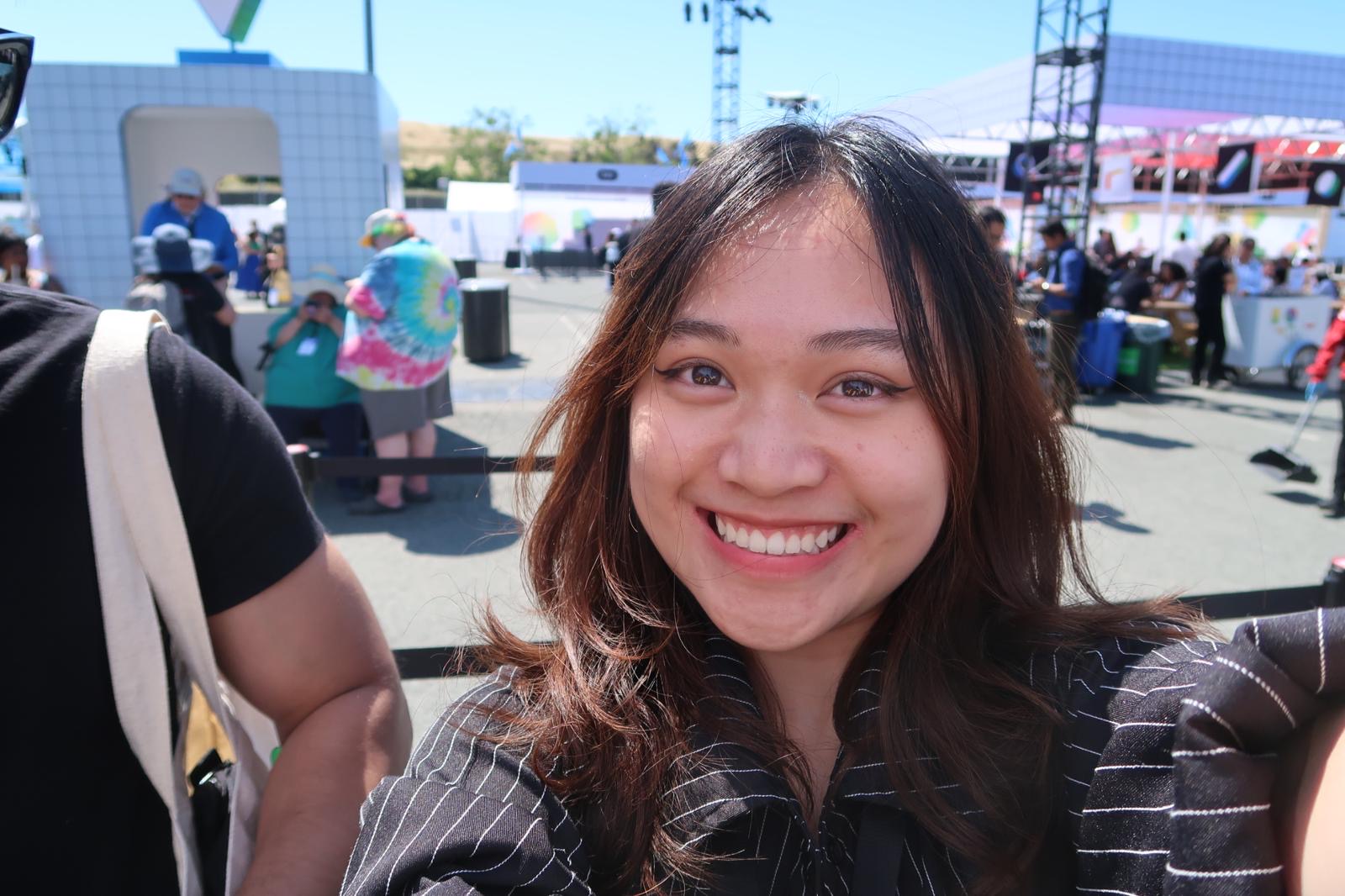
Doan is a six-time hackathon winner. She has created several AI-powered apps for immersive AR experiences during competitions. Source: Quinxie Doan
Bringing art and technology together in one degree
Combining the principles of art and technological science isn’t uncommon — after all, it’s what’s behind some of the most impressive work in architecture, industrial design, web design, and fashion design.
But Doan has a greater goal: creating products that focus on the user from start to end.
“I want to know how to code and build the product myself, and to do that, I also need to understand graphic design because that’s where UI/UX design comes in when building apps,” she shares.
The need for creativity in the computer science field, especially in web design, is more evident than ever. With the internet saturated with an immeasurable amount of sites, an app’s aesthetic and user journey can make or break the experience.
So this is where people like Doan come in.
Her computer science honed her logical reasoning, algorithmic thinking, and abstract concepts. There, she learned about data structures, programming languages, algorithms, and software engineering principles.
Meanwhile, her graphic design curriculum focused on studying typography, designing in both digital and analogue contexts, and understanding how designs shape culture and foster creative pursuits — the complete opposite of her computer science degree.
“It’s hard to balance them because both degrees involve a lot of projects, but when I get a creative block as I’m getting my graphic design assignments done, I will switch over to coding or other computer science assignments,” says Doan.
“Whenever I get stuck on a bug, I can take a deep breath and switch to painting or designing something. So it’s a nice balance for me.”
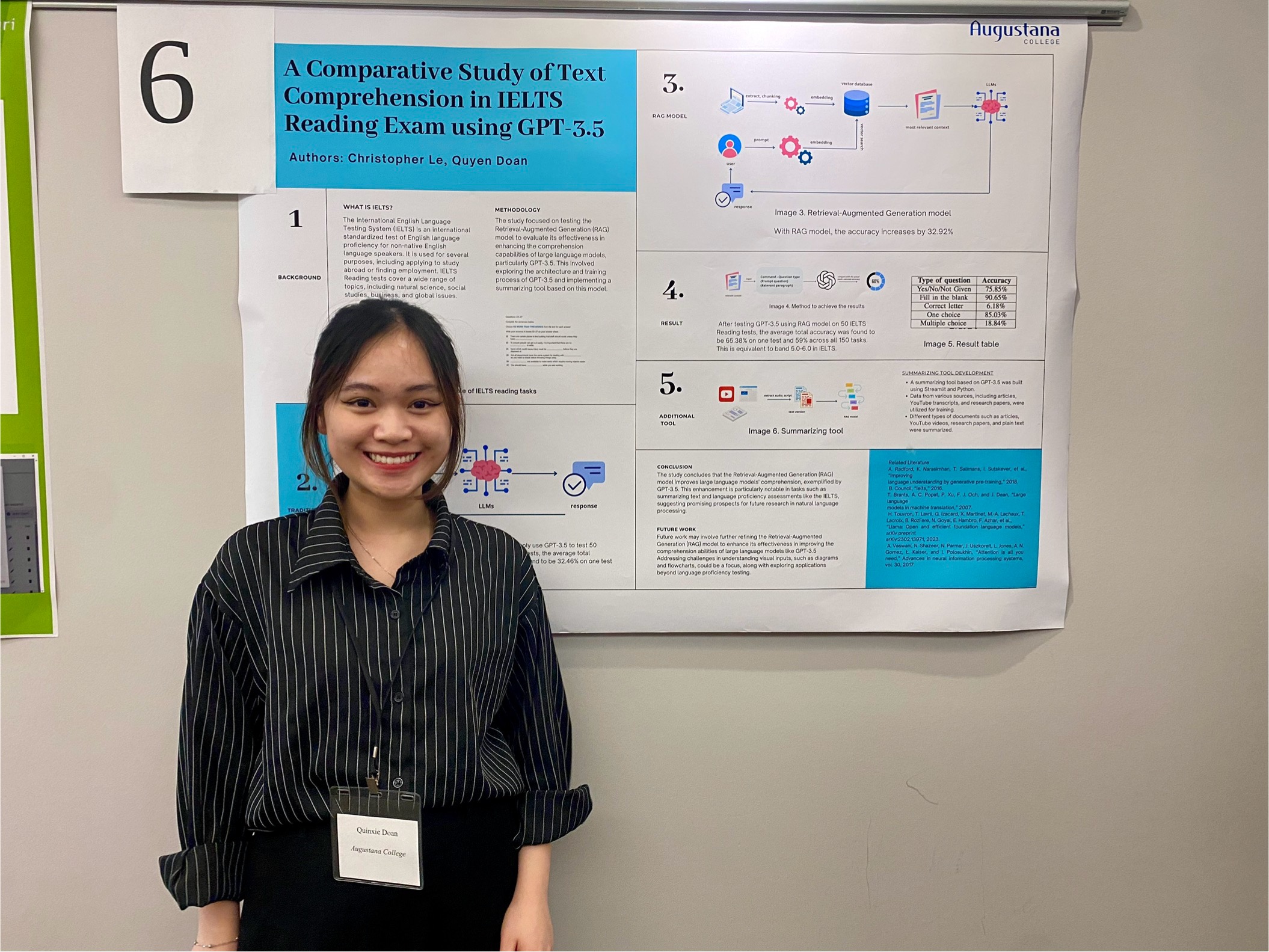
Doan is competent in several programming languages, such as Python, Java, C#, and Dart. She’s also competent in Blender, React Native, Unity 3D, OpenAP API, and the Adobe Creative Suite — making her a top candidate for computer science jobs. Source: Quinxie Doan
Competing with thousands others for computer science jobs
Computer science jobs are some of the most prestigious today but competition is fierce. Employment of computer science programmers is projected to decline by 10% from 2023 to 2033.
Layoffs in the tech industry have been on the rise, too. In 2024, 529 tech companies had laid off more than 140,000 employees, according to Layoffs.fyi, adding to the 429,489 tech workers who lost their jobs in 2022 and 2023.
At the same time, more computer and information science graduates are applying for their first jobs, rising 4.3% from 2021 onward, according to the National Student Clearinghouse Research Centre.
“I spent this whole year attending career fairs, and they are always so crowded,” Doan says. “At times, there can be about 15,000 people attending each fair, and everyone’s competitive. That’s when I started to think, how can I stand out from all these people?”
For Doan, the answer was augmented reality, a technological advancement that enhances the real world with digital information, sounds, and other sensory stimuli.
Doan came up with the idea during an augmented reality conference. There, she met Shuozhi Shen, a Product Manager at Collov AI and a Carnegie Mellon University graduate with a master’s in entertainment technology. Shen had created a business card that allowed people to interact with a model of himself.
“You could ask the augmented reality model of the guy questions, and it would even answer them,” says Doan. “That got me thinking; I need to make a card like this to stand out.”
However, Doan was unfamiliar with the concept of augmented reality.
Undeterred, she put her head down and spent the whole summer learning what she could about the subject and virtual reality technology and creating 3D models.
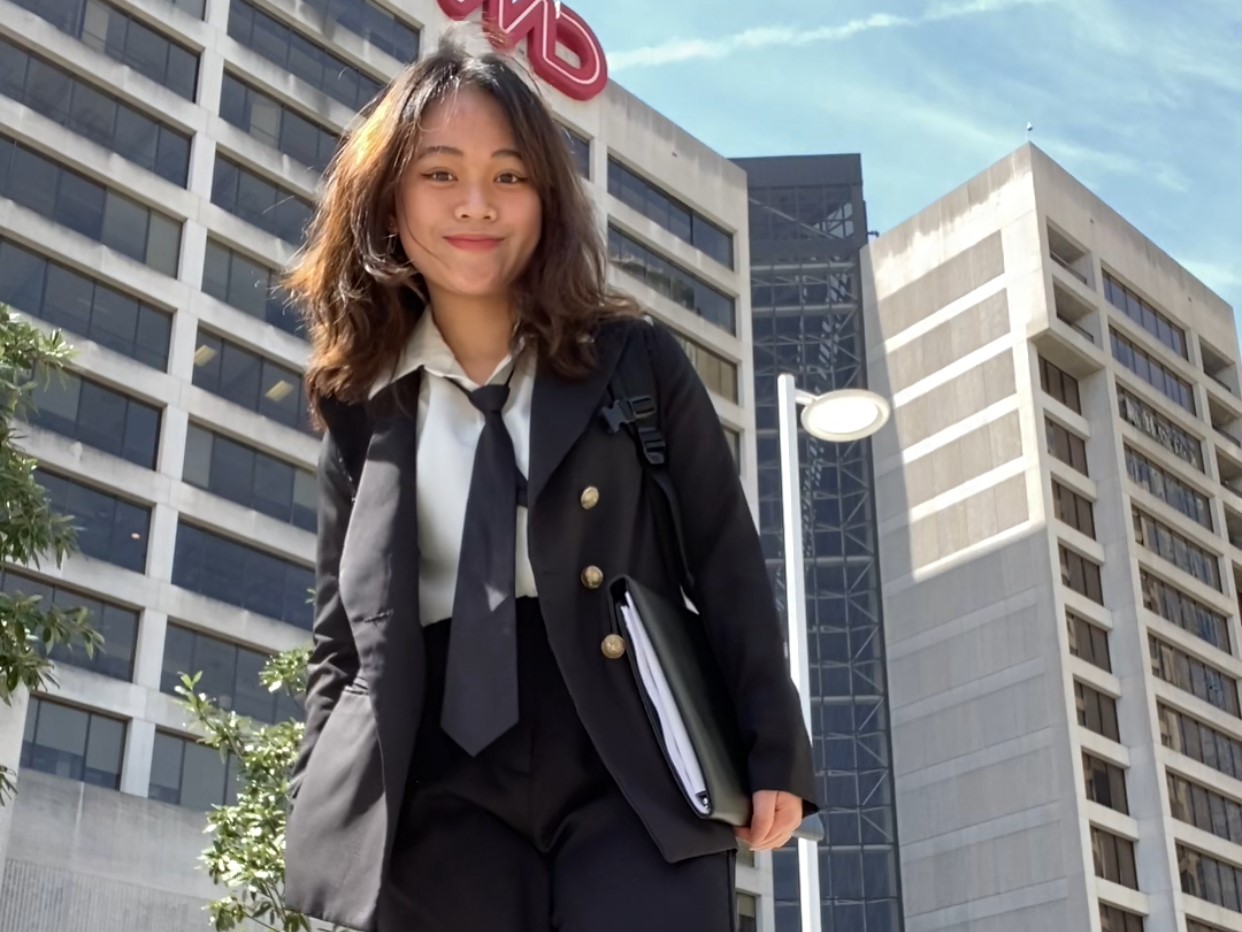
Doan is currently an AP Computer Science Teaching Assistant at Microsoft. Source: Quinxie Doan
Doan started reaching out to people in the field, too. That’s when she stumbled upon someone working for Apple. They began working together to build an augmented reality business card and even hosted hackathons.
“I started by building my portfolio on a website and screen recording me scrolling through it,” shares Doan. “Then, I created a 3D model that looked like me and put it all together. I added music, too, to make it more interactive, and it turned out well. I was really happy with the results, and I printed out 50 cards to use at career fairs.”
Scanning the QR code on the card would lead to a 3D model of Doan showcasing her projects. It had an interactive element too, which involved having icons that connected interested employers to her LinkedIn.
This card was a game-changer for Doan.
“They were impressed and said they’ve never seen anything like it,” says Doan. “It turned out to be an awesome conversation starter for me.”
Since then, Doan has won six hackathons, completed her AI Project Management internship at Skimble, built a free AI fitness app, is the Vice Tech Lead at Google Developer Student Clubs, and landed a role as an AP Computer Science Teaching Assistant at Microsoft.
Importance advice for anyone seeking computer science jobs
Doan believes that connecting with people in your field or even beyond it is crucial.
While she initially struggled with doing this in person, she found her solution was to take things online.
More specifically, use LinkedIn. A lot.
“I set a goal to talk to people weekly, so I made a coffee talk list of people I want to talk to,” says Doan.
“I started writing down questions I wanted to ask them and kept doing that throughout my sophomore year. I had really good conversations and received a lot of good advice.”
Through this new way of searching for computer science jobs, Doan found her mentor and others who wanted to collaborate with her on hackathons or side projects.
It didn’t end there, too — Doan even managed to write a post on turning visual coffee talks into mentoring sessions, something she believes is helpful for those who wish to know more about specific subjects.
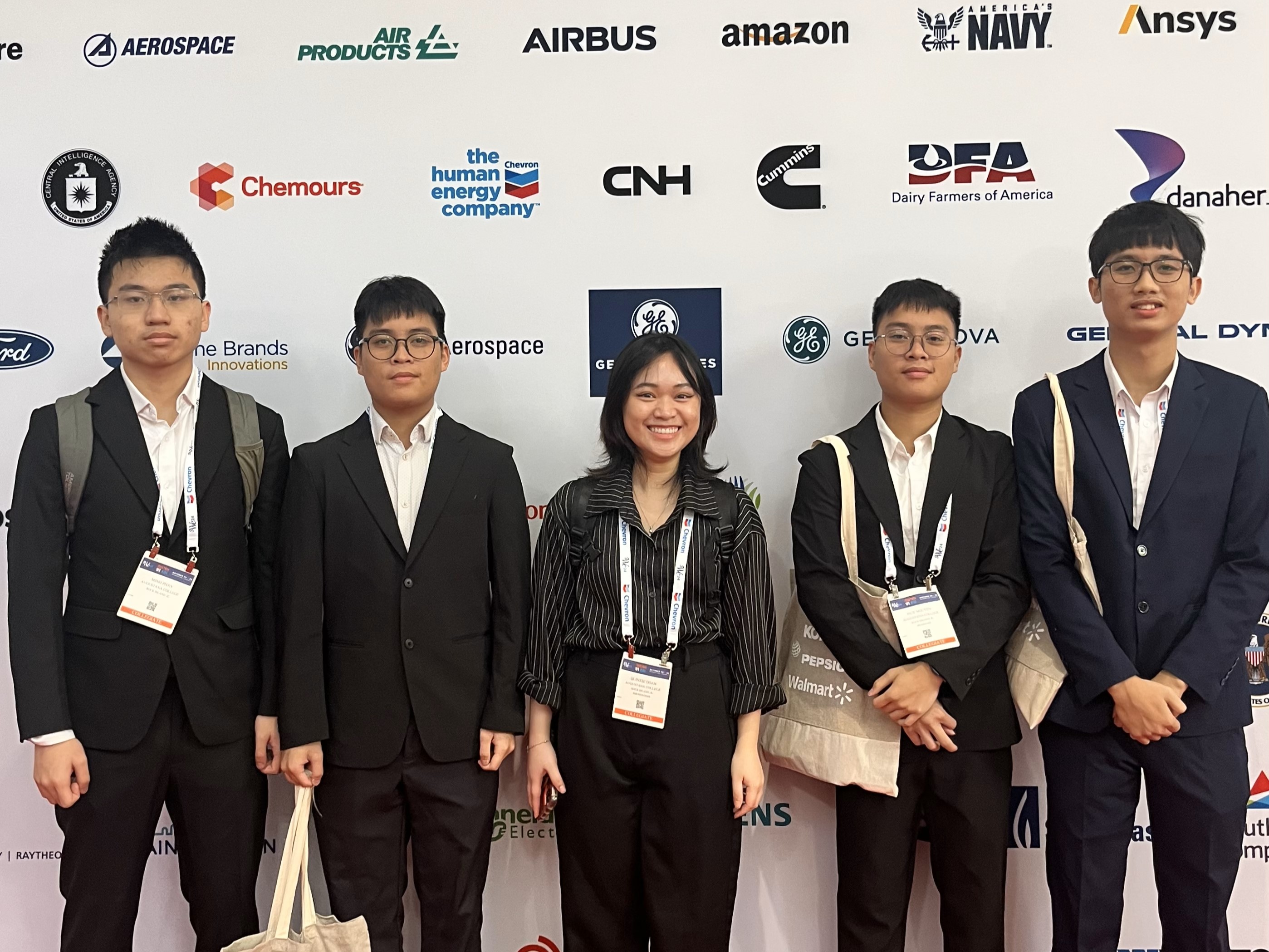
Doan and her friends at an event. Source: Quinxie Doan
“I thought people would be afraid to do this with me, but if you’re generally interested in their work, they are open to talking and sharing their experiences,” she says.
For you to get started on building your connections on LinkedIn, Doan advises to start small, like by sending a request accompanied by a short introduction about yourself and a question or two you would like to ask.
One helpful tip is to ask questions that would only take a few minutes for them to respond.
Some examples include:
- Can you tell me more about your project?
- Could you review my resume? I am looking to apply for a job in your field.
- Would you be open to a coffee talk with me?
“You can’t expect people to come and find you without you trying,” says Doan. “Once you step out of your comfort zone and start connecting with others, you will start to attract people who have the same beliefs and interests as you.”






